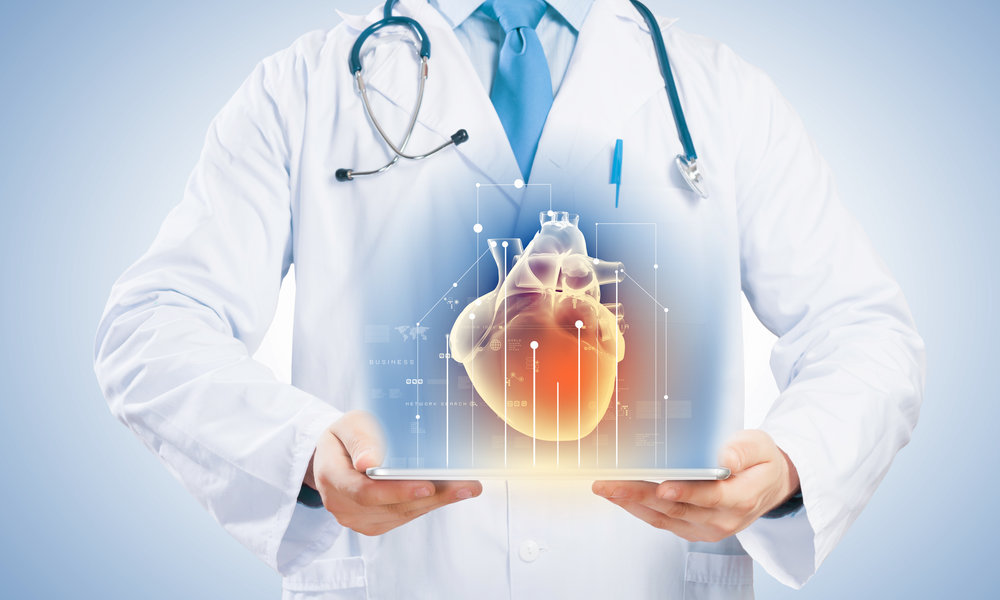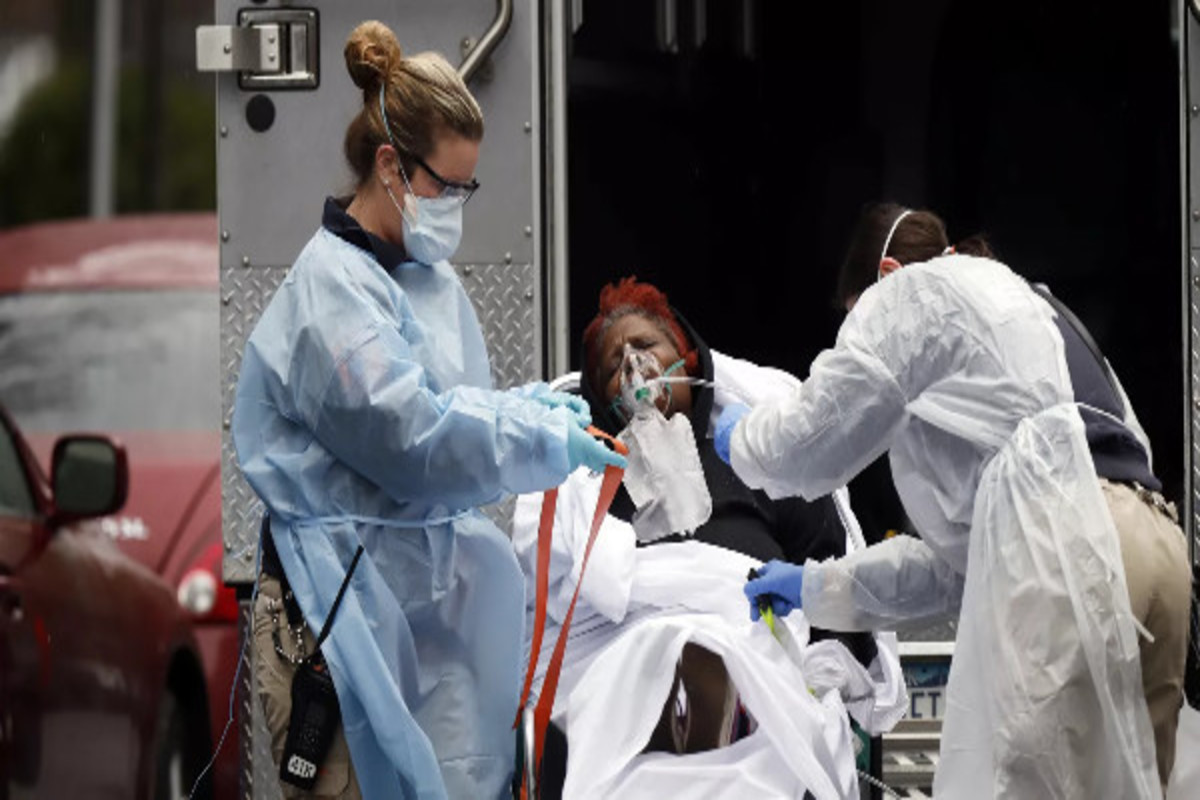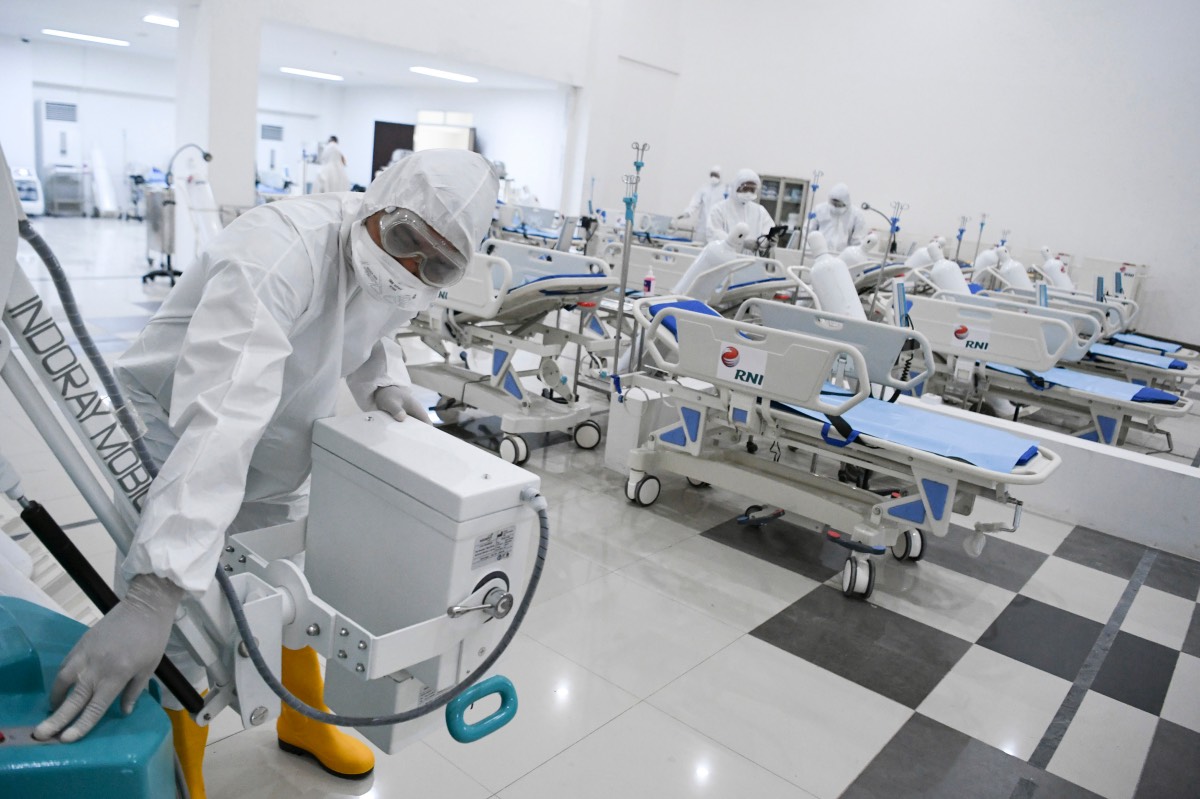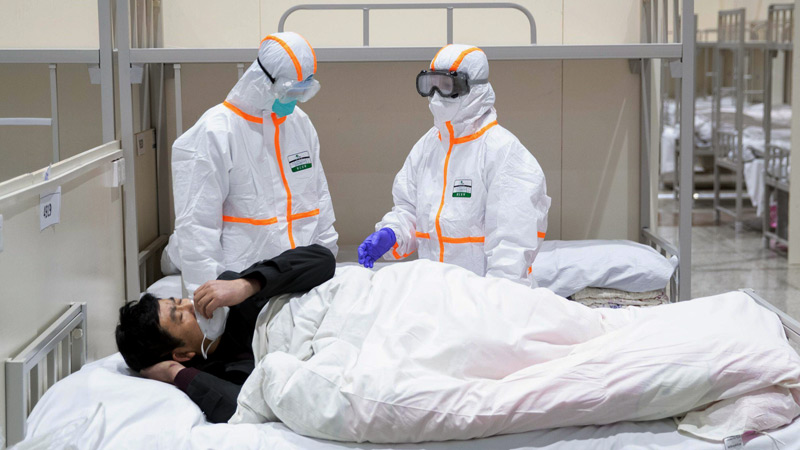[dropcap]A[/dropcap]s COVID-19 cripples the world, as leading scientists and politicians arduously look to find a solution, as healthcare professionals uproot their lives, even returning from retirement to combat the pandemic, it’s no surprise that novel consequences continue to surface. Originally believed that critical lung failure due to pneumonia was the only symptom of the virus, it was recently discovered that COVID-19 has a dramatically high instance of cause and effect on cardiac health.
“In what could be extremely dire news for patients and medics, new information indicates that the virus’s effects are not only restricted to lung damage but could also damage the heart.”
So far, the response to COVID-19 has centered on treating respiratory disorders, which have been the primary cause of death. As data from highly affected areas like Italy, China, and the United States accumulate, it has emerged that 20% of COVID-19 patients are developing heart problems and dying of them without having presented respiratory issues. In mid-March, a 64-year-old New Yorker arrived at the hospital with symptoms of myocarditis, later linking to the virus.

COVID-19’s impact on the heart
Even in people without underlying heart disease, evidence of heart damage has been found in a substantial number of COVID-19 cases. When heart damage has accompanying respiratory issues, the risk of death increases fourfold. Heart damage has been an identifying symptom of COVID-19, similarly to previously ravaging coronaviruses like SARS or MERS, further giving credence to this observation.
This novel finding may necessitate a modification in the way the healthcare sector responds to the pandemic. Along with ventilators and other respiratory support, virus response could require healthcare professionals to monitor the heart for damage and to respond accordingly to mitigate heart damage in patients.
COVID-19’s therapy has adverse, life-threatening impacts on the heart
Another concern relating to the comorbidity of COVID-19 and cardiac disorder arises from possible effects of quinolone derivatives: hydroxychloroquine and chloroquine. The two drugs, have been touted by various sources, including medics, journalists, and President Trump as a promising treatment for the most severe cases.
Studies, primarily in China, demonstrated that the drug, mainly used to treat malaria, reduces viral load in COVID-19 patients. Though a notable advancement in treatment, a challenge, however, is that the drugs are known to cause cardiac ECG QT prolongation and arrhythmias even when taken according to physician prescriptions.
The QT interval in an ECG represents the time difference between the beginning of ventricular depolarization and repolarization. Normal QT intervals range between 400 and 440ms. A prolonged QT interval (over 450ms for men and 470ms for women) increases the risk of SCA (sudden cardiac arrest), suggesting that the so-called “miracle” of a medicine could exacerbate heart complications in affected patients. If the administration of these two new formulations continues to serve as a possible therapy, doctors must consider this new dimension.
New EMS response protocols for cardiac patients
Side-effects of new medication and treatments are not the only way COVID-19 is impacting cardiac arrest patients and response protocol. Now that healthcare resources are absolutely and unfortunately exhausted, response practices for out-of-hospital SCA have been adjusted by emergency services.
In New York, the US epicenter of COVID-19, producing a frightening number of deaths upwards of 10,000 people, a new directive by the Regional Emergency Medical Services Council of New York, is advising EMT personnel to avoid bringing to the emergency room cardiac arrest patients who are not revived in the field, for fear of further spreading the virus.

Under standard protocols, EMS attempts CPR and defibrillation en-route to a hospital, but this will no longer be the case with SCA 911 calls until COVID-19 is, at least, declared “contained.” This guideline follows the discovery of the correlation between cardiac arrest and COVID-19 in an attempt to reduce patient volumes and COVID-19 transmission in already overly-saturated hospitals.
EMTs are taking precautionary steps and will not transport a patient to a hospital unless the patient has a confirmed pulse in the field. If after 20 minutes of attempted resuscitation the patient is still without a pulse, EMS declares a patient deceased at the scene. Along with the unfortunate fact that EMS generally doesn’t arrive to a SCA scene timely enough to effectively respond to an arrest, it is even more crucial that public access AEDs are plentiful.
In the same way that there are just 40 ICU beds for two million people under siege in Gaza, there are massive shortages of ventilators, PPE, hand sanitizer, and tissue paper all over the world. Horrific hoardings of masks and food create an almost apocalyptic environment, adding to the stress of the pandemic. The next shortage must not be AEDs. If there ever were a time for an affordable, public access AED to help patients at home and in other out-of-hospital settings, it is now.
For those working adjacently with SCA and resuscitation, limiting the transportation of cardiac patients to only those “revived in the field” is telling in another, frightful way. With each new patient requires new PPE and equipment, so EMTs must proceed conservatively and healthcare professionals must make difficult cost-benefit analyses.
It’s a logical way to slow the transmission of the virus and reduce the burden on hospital systems, but with 90% of SCA patients dying in cases of out-of-hospital cardiac arrest, the decision to eliminate transportation of cardiac arrest patients, while likely difficult for healthcare agencies to make, goes to show how EMS systems are forced to prioritize SCA calls. Such high rates of resuscitation failure force EMS to face a double-edged sword in that they can either spend valuable time with a patient who’s chances of resuscitation in the field are slim, or disregard them and treat necessitous COVID-19 patients elsewhere. Would this conflict exist if out-of-hospital SCA survival was increased from 10% to 50%?

If EMS arrived at a scene to patients with higher rates of bystander CPR and increased lay-responder defibrillation—with more patients who had already been “revived” in the field—EMS systems may have looked for other methods of containment.
COVID-19 is a brewing storm for the loss of life due to cardiac arrest; wave after wave of patients are left with fewer and fewer options.
- COVID-19 is directly harming the heart, leading to a higher likelihood of cardiac arrest for infected patients.
- Medication used to treat patients who are diagnosed with COVID-19 can have side-effects that increase the odds of suffering SCA.
- In metropolitan areas, emergency response protocols designed to limit the spread are delaying advanced life support treatment options available in hospitals and catheterization labs.
The author would like to thank all essential workers, especially frontline healthcare professionals who are risking their lives to save ours. Thank you!







